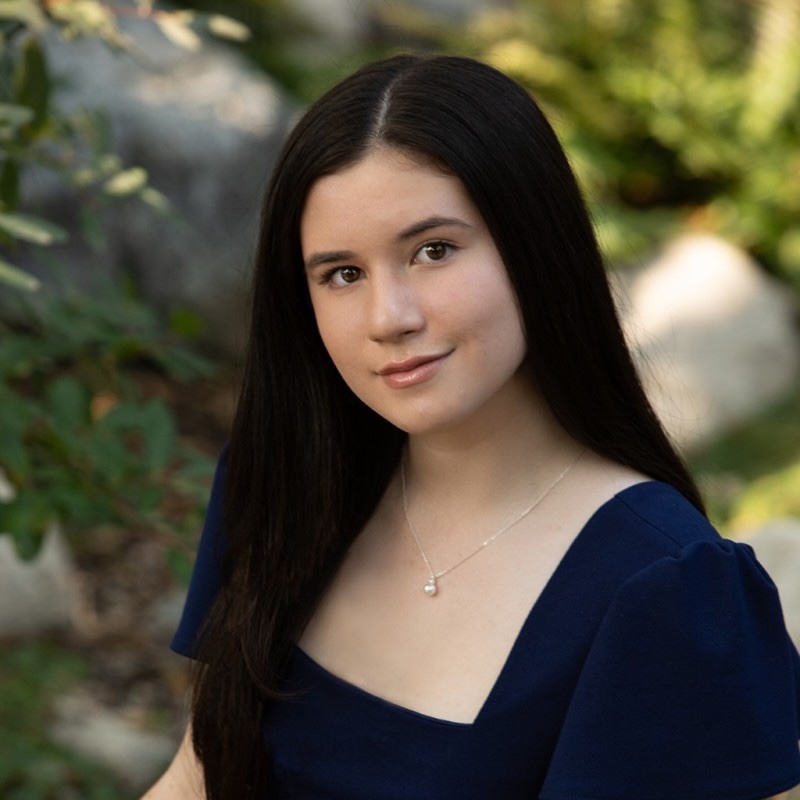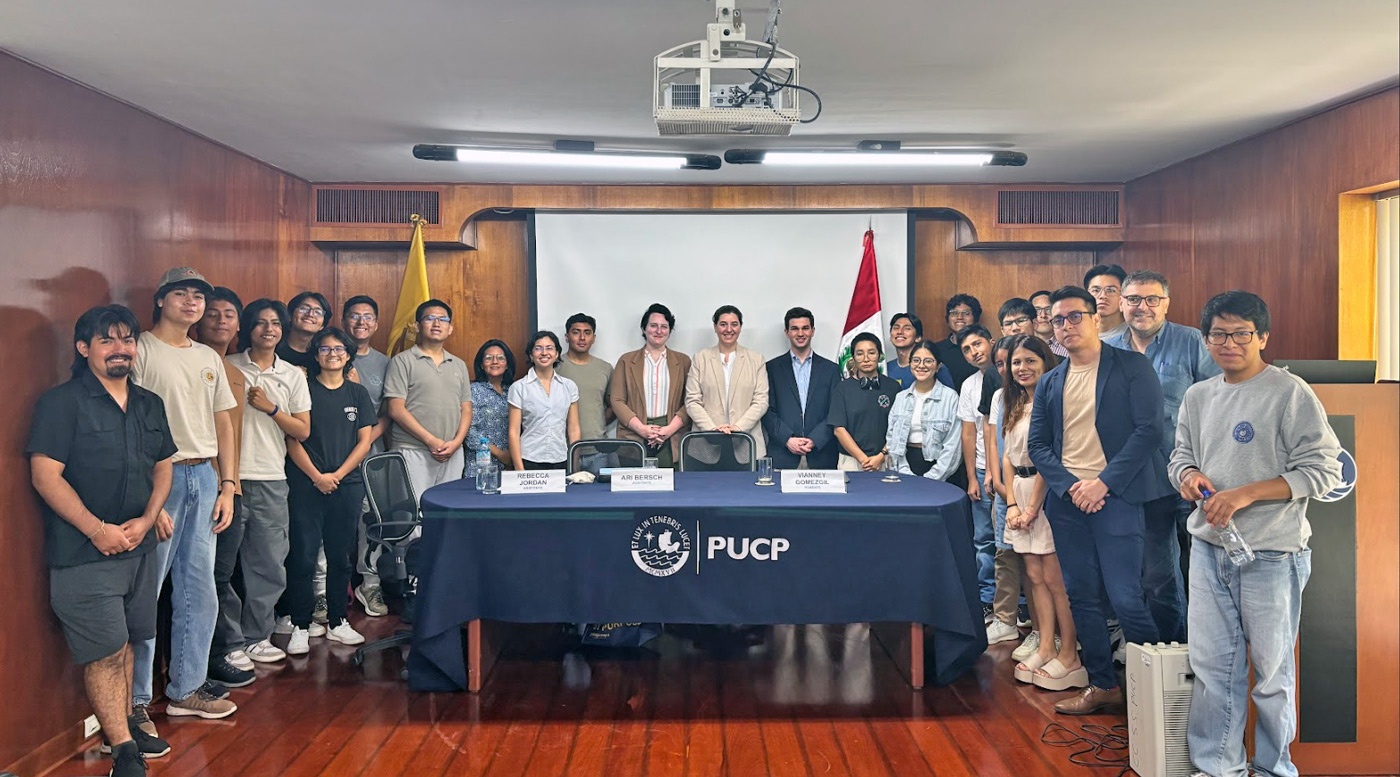Where Computer Science Meets Abstract Art
By Tom Porter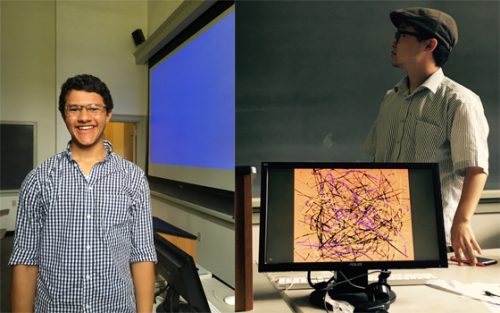
Two computer science majors are spending the summer learning about two of the twentieth century’s most innovative artists: Wassily Kandinsky and Jackson Pollock. Parker Hayes ’17 and Jeonguk Choi ’18 are working on computer programs that can imitate the work of the two painters. No easy task, they both agreed. Both students are working under the supervision of Assistant Professor of Digital and Computational Studies and Computer Science Mohamed T. Irfan, who specializes, among other things, in the image analysis of art.
Imitating Pollock
“We have a long way to go,” said Choi, who has spent much of the past few weeks staring intently at the paintings of Jackson Pollock, a major figure in the abstract expressionist movement, known for his unique and distinctive style of drip painting. Choi, who was awarded a Kibbe Science Fellowship, has written a program that generates a passable Pollock to the untrained eye. As he activates the computer program, even splashes of color appear on the plasma screen, as curved lines shoot off in apparently random directions. But Choi knows it’s some way from passing the authentication test. “For example if you study the corners, you see the lines have a very homogenous curvature due to the limit on control points. We tried to make them more varied but it didn’t work yet.
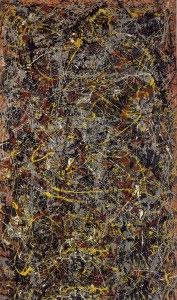
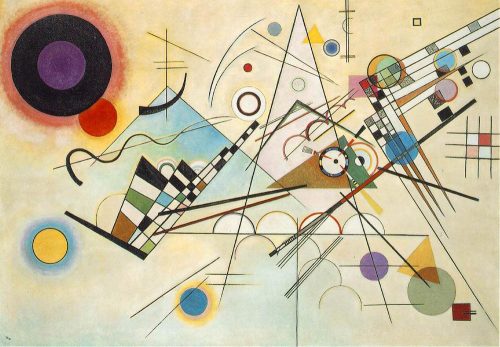
Before undertaking this fellowship, Choi said he had no particular interest in Pollock. “I just thought it was someone throwing paint on the canvas, anyone can do it.” But over the summer his opinion changed: “The more I study Pollock, the more his paintings mean to me. I would definitely go to a Pollock exhibition, given the chance, which is not something I would have said a year ago.”
The Appeal of Kandinsky
Parker Hayes was also drawn to the idea of integrating art and computer science. “It was fun,” he said, adding that he might even take an art history class next year “because I now appreciate art and the work that goes into it much more, especially Kandinsky, who wrote books about his work specifically describing the patterns that he followed.” Like Pollock, Kandinsky is known as a painter of abstract art, but unlike Pollock, Kandinsky’s work is known for its geometric precision.
